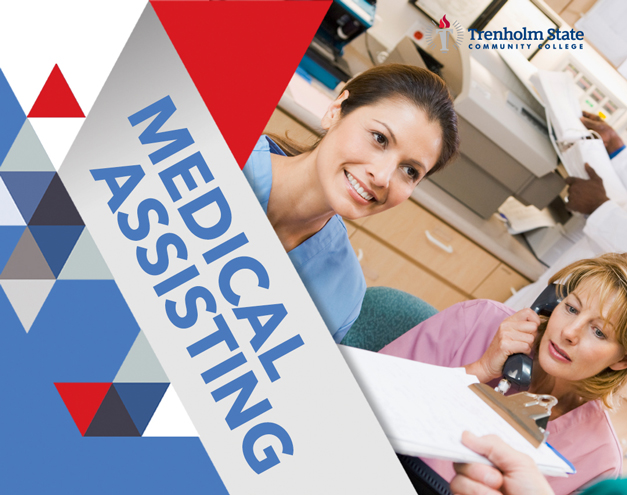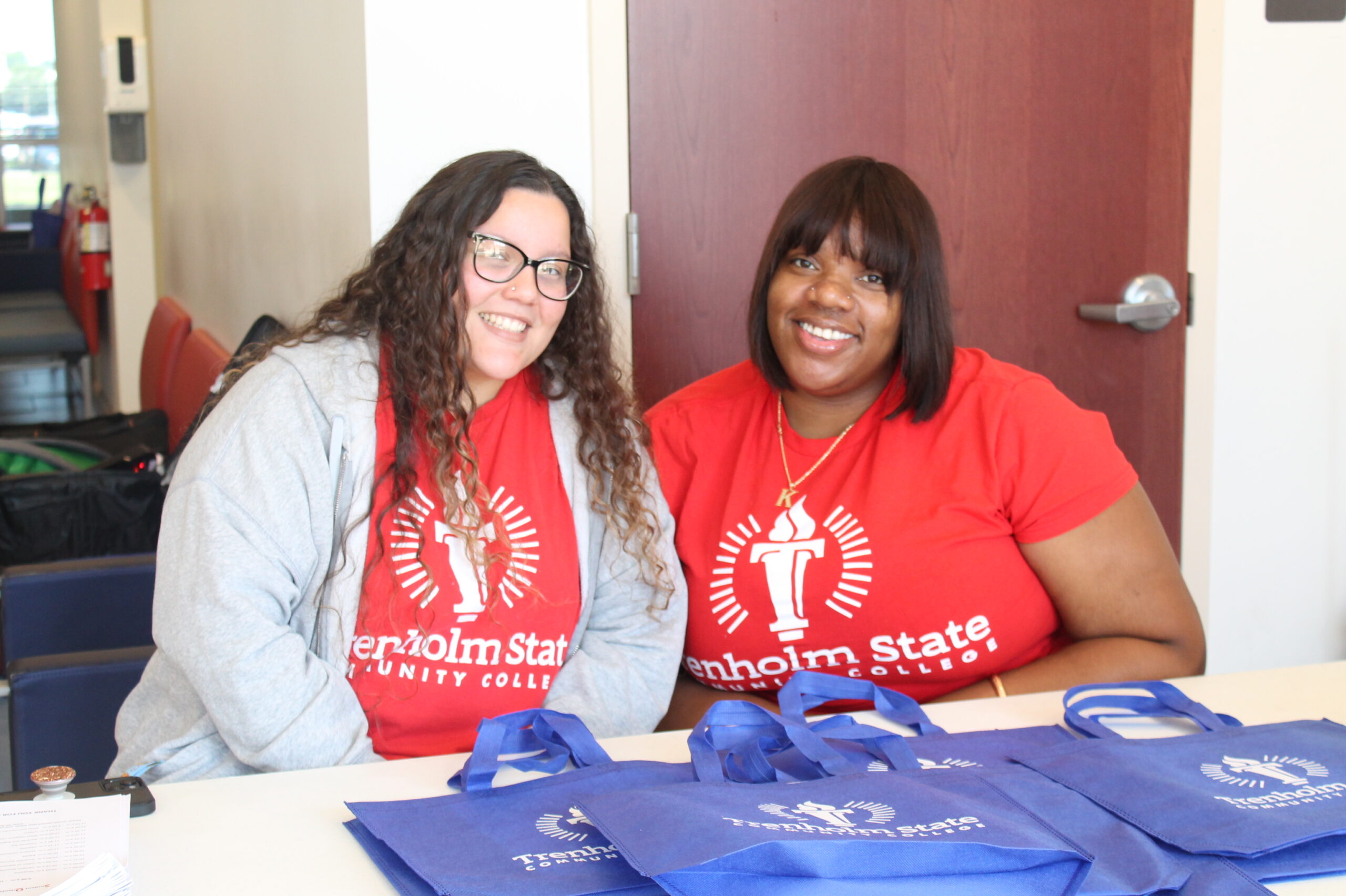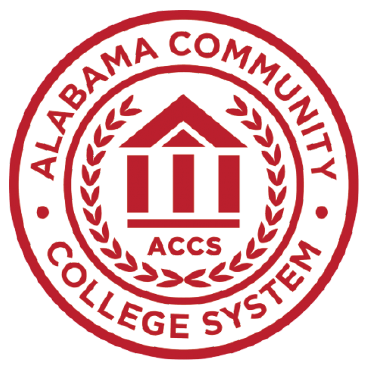
Medical Assisting Technology
Home / Medical Assisting Technology
Department Information
Location:
- Trenholm Campus:
- 1225 Air Base Blvd
- Montgomery, Alabama 36108
Contact:
Phone: 1-866-753-4544
Phone: 334-420-4200
Programs & Training

Medical Assisting Technology
The first step to be accepted into this program is to complete the college application.
- What is Medical Assisting?
- The Program
A medical assistant is a health professional who supports physicians, nurses and other health professionals. Medical assistants mainly work in medical offices and clinics while performing routine administrative and clinical tasks.
Medical assistants typically do the follow:
- Scheduling appointments for patients, admissions, or laboratory services
- Managing billing and bookkeeping
- Updating medical records
- Greeting patients
- Conduct basic tests
- Prepare patients for examination
- Work with medical equipment, such as X-rays
- Draw blood
- And more
The Medical Assisting Program at H. Councill Trenholm State Community College offers an Associate in Applied Science (AAS) in Medical Assisting Technology and two short-term certificates. The AAS degree in Medical Assisting Technology is accredited by the Commission on Accreditation of Allied Health Education Programs (www.caahep.org) upon the recommendation of the Medical Assisting Education Review Board (MAERB).
The Phlebotomy certification is accredited by the American Medical Technologists. The Medical Billing and Coding certification allows the student to be able to qualify to become a Certified Coding Associate from the American Health Information Management Association. The curriculum is designed to provide students with theoretical instruction as well as practical application.
Various methodologies are utilized in order to meet the needs of students with diverse learning styles. Some of the clinical skills covered include taking medical histories, taking and recording vital signs, assisting with examinations and treatments, providing patient teaching and performing specialized tests such as electrocardiograms (EKGs) and diagnostic laboratory testing. Administrative skills include scheduling appointments, performing manual and computerized billing, and filing insurance claims.
Program Mission
Medical Assistant Program Mission is to prepare medical assistants who are competent in the cognitive, psychomotor, and affective learning domains to enter the profession as effective members of the health care team.
MAT Program Competencies
Upon successful completion of this program, the student should be able to:
- Acquire necessary skills to assist a physician by performing functions related to both business administration and clinical duties of a medical office.
- Acquire knowledge and familiarity with insurance, accounts, reports, medical records, and medical transcription.
- Develop skills and knowledge in the proper procedures of patient preparation for examination.
- Assess vital signs and to assist the physician with patient examinations and treatment.
- Perform routine office laboratory procedures such as phlebotomy, urinalysis, and diagnostic cultures.
- Develop a thorough knowledge of medical office emergency situations, including CPR and the proper procedures for its application.
- Develop skills in the use of the electrocardiography machine.
- Describe the legal and ethical issues governing the practice of medicine related to the medical office setting.
- Demonstrate a safe level of knowledge using pharmaceutical principles of medication preparation and administration.
- File alphabetically, geographically, and numerically sign color coded methodologies as dictated within the office setting.
Occupational exposure
The medical assisting student should possess the ability to protect self and others by implementing appropriate precautions due to possible exposure to communicable disease and/or body fluids, toxic substances, and medicinal preparations. As a healthcare worker, medical assisting student can be exposed to many different hazards, such as bloodborne pathogens, potential chemical and drug exposures, respiratory hazards, ergonomic hazards from lifting and repetitive tasks, and x-ray hazards
All graduates of the Medical Assisting Technology Program are academically eligible to take the American Association of Medical Assistants National Certification Examination and the Medical Technologist Examination. Upon successful completion of this examination, the graduate will earn the title of Certified Medical Assistant or Registered Medical Assistant.
The American Association of Medical Assistants stipulates that individuals found guilty of a felony or individuals who have pleaded guilty to a felony are ineligible to sit for the National Certification Exam. The certifying board may grant a waiver based upon mitigating circumstances. Applicants who have been convicted of a felony or who have pleaded guilty to a felony may be accepted to the Medical Assisting Technology Program. However, admission to the Medical Assisting Technology Program does not guarantee in any way that the applicant will be eligible to sit for the American Association of Medical Assistants National Certification Examination or the American Medical Technologist Examination.
The five year weighted average of the MAT Program’s Graduate Employer Satisfaction Survey is 100%.
Graduates of the Medical Assisting Program at Trenholm State Community College are satisfied with the education that they receive at Trenholm State Community College, as there is an average 100% graduate satisfaction rate over the past five years.
The five-year average for the exam passage rate for the years 2019-2023 is 75%.
Students are admitted to the Medical Assisting Technology Program each semester. Individuals who are interested in enrolling in the program must:
- Meet all the general admission requirements of Trenholm State.
- Be a high school graduate or the recipient of the GED certificate.
- Submit an admission application to the college identifying Medical Assisting as your program of choice. This application should be on file prior to the beginning of the anticipated semester of enrollment.
- Submit an official copy of your high school transcript or GED certificate. Transcript must be on file prior to the anticipated semester of enrollment.
- Submit an official copy of your college transcript for each school attended. Transcript must be on file prior to the anticipated semester of enrollment.
- Complete the COMPASS Assessment.
- Schedule an appointment, prior to the beginning of the anticipated date of enrollment, with the program coordinator or designee, to validate a keying speed of 30 words per minute. Individuals not meeting this requirement must enroll in MAT 099 – Introduction to Document Production. Appointments will not be scheduled once the semester begins.
- Students must submit health information and have a complete physical examination by a licensed physician, physician assistant, or nurse practitioner prior to participation in learning experiences in any clinical facility.
- Students must provide documentation of required drug-screen & immunizations (Hepatitis B, Tetanus, MMR, and TB) prior to preceptorship. Documentation of a negative drug-screen & TB skin test should be submitted no later than 30 days after enrollment in the preceptor course. Students who have a positive drug-screen, retesting should be complete 30 days following positive examination. Students who have a positive TB skin test result must submit documentation of a negative chest x-ray within 30 days following positive examination. Students must have the TB skin test repeated yearly until completion of the program. (Required before starting MAT-230 – Medical Assisting Preceptorship and MAT 239 Phlebotomy Preceptorship)
- Students must have current CPR certification to participate in learning experiences in any clinical facility. The certification must remain valid throughout the learning experience.
- Student must have liability insurance prior to participating in learning experiences in any clinical facility. The insurance is available through the college. The cost of the liability insurance is the student’s responsibility.
- Students are required to adhere to the program’s dress code when participating in laboratory and clinical activities on campus as well as off campus.
The essential functions delineated below are necessary for medical assistant program admission, progression and graduation and for the provision of safe and effective care. The essential functions include but are not limited to the ability to:
- Visual
- Observe and discern subtle changes in physical conditions and the environment
- Visualize different color spectrums and color changes
- Read fine print in varying levels of light
- Read for prolonged periods of time
- Read cursive writing
- Read at varying distances
- Read data/information displayed on monitors/equipment
- Auditory
- Hear monitoring devices
- Hear and discriminate high and low frequency sounds produced by the body and the environment
- Effectively hear to communicate with others
- Tactile
- Discern tremors, vibrations, pulses, textures, temperature, shapes, size, location and other physical characteristics
- Olfactory
- Detect body odors and odors in the environment
- Visual
Communication/ Interpersonal Relationships
- Verbally and in writing, engage in a two-way communication and interact effectively with others, from a variety of social, emotional, cultural and intellectual backgrounds
- Work effectively in groups
- Work effectively independently
- Discern and interpret nonverbal communication
- Express one’s ideas and feelings clearly
- Communicate with others accurately in a timely manner
- Obtain communications from a computer
Cognitive/Critical Thinking
- Effectively read, write and comprehend the English language
- Consistently and dependably engage in the process of critical thinking in order to formulate and implement safe and ethical decisions in a variety of health care settings
- Demonstrate satisfactory performance on written examinations including mathematical computations without a calculator
- Satisfactorily achieve the program objectives
Motor Function
- Handle small delicate equipment/objects without extraneous movement, contamination or destruction
- Move, position, turn, transfer, assist with lifting or lift and carry clients without injury to clients, self or others
- Maintain balance from any position
- Stand on both legs
- Coordinate hand/eye movements
- Push/pull heavy objects without injury to client, self or others
- Stand, bend, walk and/or sit for 6-12 hours in a clinical setting performing physical activities requiring energy without jeopardizing the safety of the client, self or others
- Walk without a cane, walker or crutches
- Function with hands free for nursing care and transporting items
- Transport self and client without the use of electrical devices
- Flex, abduct and rotate all joints freely
- Respond rapidly to emergency situations
- Maneuver in small areas
- Perform daily care functions for the client
- Coordinate fine and gross motor hand movements to provide safe effective medical care
- Calibrate/use equipment
- Execute movement required to provide medical care in health care settings
- Perform CPR
- Operate a computer
Professional Behavior
- Convey caring, respect, sensitivity, tact, compassion, empathy, tolerance and a healthy attitude toward others
- Demonstrate a mentally healthy attitude that is age appropriate in relationship to the client
- Handle multiple tasks concurrently
- Perform safe, effective care for clients in a caring context
- Understand and follow the policies and procedures of the College and preceptorship agencies
- Understand the consequences of violating the student code of conduct
- Understand that posing a direct threat to others is unacceptable and subjects one to discipline
- Meet qualifications for certification by examination
- Not to pose a threat to self or others
- Function effectively in situations of uncertainty and stress inherent in providing medical care
- Adapt to changing environments and situations
- Remain free of chemical dependency
- Report promptly to preceptorship site and remain for 6-8 hours at the facility
- Provide medical care in an appropriate time frame
- Accepts responsibility, accountability, and ownership of one’s actions
- Seek supervision/consultation in a timely manner
- Examine and modify one’s own behavior when it interferes with medical care or learning
Frequently Asked Questions
Tuition & Fee Schedule
You can find tuition rates on our Tuition & Fee schedule
mportant Dates
Refer to the College Calendar for all important dates.
ACCUPLACER Testing
The answer is yes, unless you qualify for exemption.
Potential Salary Range
The median annual wage for medical assistants was $32,480 in May 2017. The lowest 10 percent earned less than $23,830, and the highest 10 percent earned more than $45,900. Source: Bureau of Labor and Statistics Occupational Outlook Handbook, 2018 Survey
Contact Us
Program Contact
Dr. Chandrika McQueen, DNP, MSEd, RN
Program Coordinator/ Instructor
334-420-4422
cmcqueen@trenholmstate.edu
Program Contact
Dr. Diamond Akwuba
Medical Assisting Technology Instructor
334-420-4425
makwuba@trenholmstate.edu
Location
Trenholm Campus
1225 Air Base Blvd,
Montgomery, AL 36108
Detailed Directions



